South Dakota cities take new, more compassionate approach to addressing homelessness
A new frontier in South Dakota’s fight against homelessness involves using “street outreach teams” to identify and interact with vulnerable individuals in the community and get them the help they need, taking some of that responsibility away from law enforcement.
The effort is an acknowledgment among public officials in Rapid City and Sioux Falls that the origins of homelessness and drug addiction are complex and often melded with mental health issues, and that getting to the root of the problem could have more lasting impact than merely providing meals or temporary shelter.
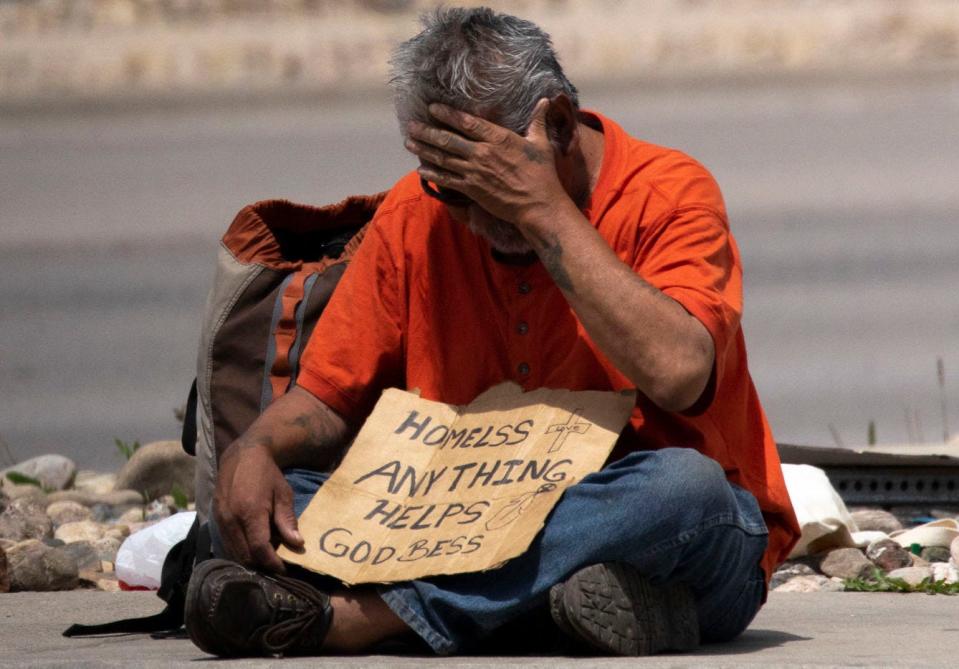
The street outreach strategy – the top recommendation of a Sioux Falls Homeless Task Force formed in the summer of 2022 – also addresses the reality that Native Americans make up a disproportionate number of the South Dakota homeless population, creating cultural and language barriers in some cases that prevent meaningful intervention, especially when police are first on the scene.
“Law enforcement can be well-equipped and well-trained, but a lot of times for the individuals that we’re dealing with, it’s going to start off with a position of animosity because they view (police officers) as not necessarily the one they want to hear that message from,” said Sioux Falls Police Chief Jon Thum, who has worked with the task force to seek solutions. “Someone who comes from a different background or perspective and has time to build relationships can maybe be the one who steers them toward positive change.”
The latest point-in-time homeless count by the South Dakota Housing for the Homeless Consortium – conducted on Jan. 25, 2022 – put the number of homeless individuals in the state at 1,389, up nearly 50% from five years ago (955 in 2017). The Rapid City count was 458 (up 53% from 2017) and Sioux Falls was 407 (up 26%). These numbers are generally considered “undercounts” because of the challenges of finding and identifying people without residence, especially in the middle of winter.
Native Americans, who make up 8.8% of the overall state population, comprised nearly 70% of the 2022 state homeless count, including 76% in Rapid City. Sioux Falls, where the homeless population is 36% Indigenous, according to the count, has used Rapid City and other communities as a model for “co-response” efforts to get at the root of people’s struggles and funnel them to available services when they’re ready.
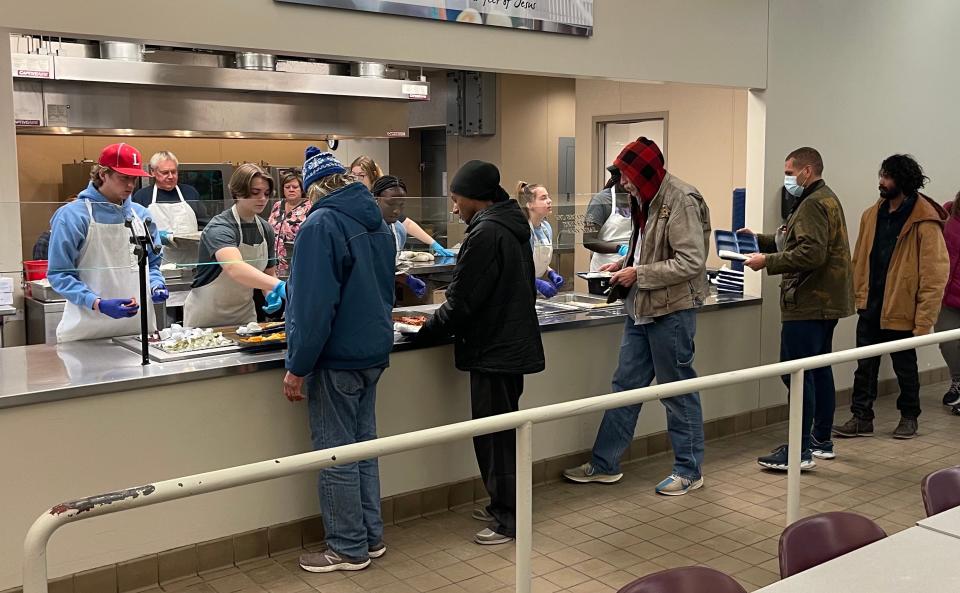
The Sioux Falls task force has recommended a two-year pilot program for a street outreach team to provide “trauma-informed practices” and “peer support strategies” in coordination with city and county officials and the Sioux Falls Police Department, with an estimated price tag of $500,000 over two years. The proposal comes after increased complaints about panhandling at interstate exit ramps and a greater focus on indigent individuals downtown due to recent development.
“It’s no longer ‘out of sight, out of mind,’” said Rich Merkouris, a first-term city councilor who chaired the task force. “Based on what the committee has seen, we’re still in a position where we’re not overwhelmed to the point of starting to eat away at the core of the community, but people are concerned. After seeing what was being done in other cities, we wondered about trying to engage with these individuals in a different way rather than just have law enforcement called after things became problematic.”
Thum, who became police chief in the summer of 2021, said people can’t be arrested for holding up signs asking for money. It becomes more problematic when they do so on private property or step into traffic to solicit or receive cash from motorists.
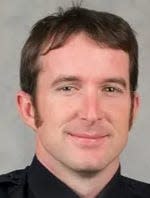
Generally, though, he sees panhandling and public nuisance calls as symptoms of problems that can be addressed with boots-on-the-ground intervention by people with lived experience on the streets or training in social work and cultural outreach.
“It’s easy to look at a lot of problems in society and paint it with a broad brush, but what’s our best chance to make inroads?” Thum said. “People who are more culturally aware of different nuances, and don’t carry the same historical baggage that law enforcement carries to these encounters, might have a better chance to make a positive impact. If there’s a way that we can lighten the load for law enforcement and create a group or project that would potentially transform people’s lives, we need to explore those possibilities.”
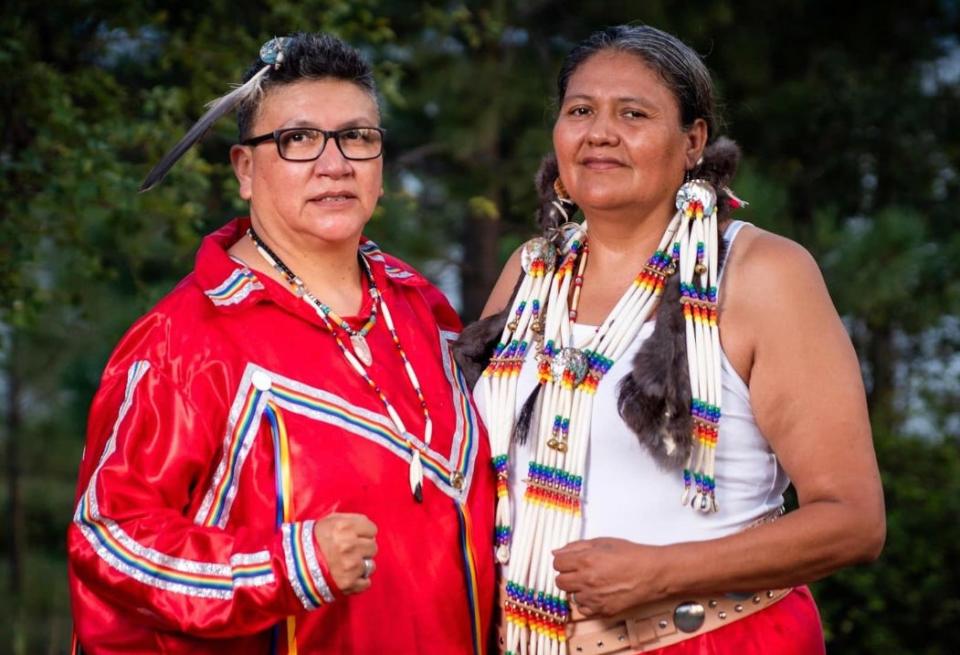
There are about 580,000 homeless individuals in the United States, according to the Department of Housing and Urban Development. Nearly every major city deals with the problem in some capacity, including the recent phenomenon of tent cities or other encampments that provide temporary solutions to those in need.
In South Dakota, there’s a growing consensus that preventative measures based on mental health and drug addiction counseling are the best way to proceed, with public-private partnerships allowing for a more specialized and targeted approach.
More:Homeless Task Force shows first glimpse of potential recommendations
Rapid City opened its Care Campus in 2019, a “one-stop shop” facility that offers detox, crisis care and mental health treatment. Pennington County Health and Human Services teams up with groups such as Safe Solutions, which provides overnight accommodation for intoxicated people who might be turned away at some homeless shelters.
Sioux Falls followed in 2021 with The Link, a community triage center designed to help people facing a non-violent behavioral health crisis or substance abuse problem by providing 24/7 access to support services through a partnership between the city and Minnehaha County along with the Sanford and Avera health systems.
As homeless numbers increase, however, finding enough trained staff to make a difference has proved difficult, putting more pressure on law enforcement. The street outreach strategy involves city governments contracting with private groups that work with displaced individuals to try to gradually integrate them into society or merely keep them safe from harm.
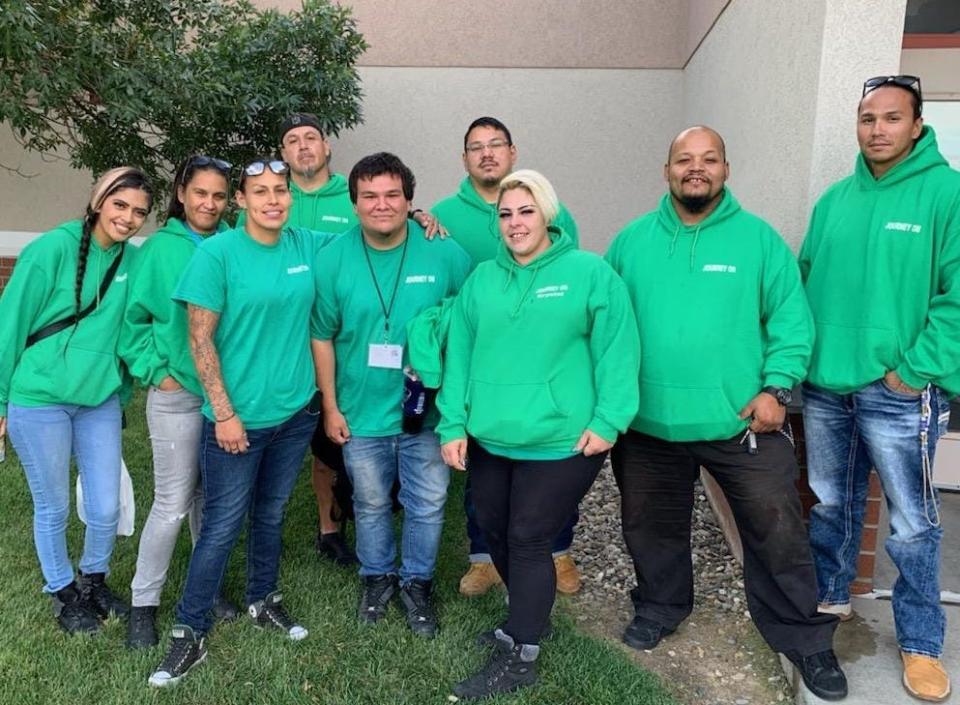
Journey On is a nonprofit organization formed in Rapid City in 2019 to address rising friction between predominantly Native American unsheltered individuals and local businesses, which has sparked confrontations with law enforcement. Mayor Steve Allender and Police Chief Don Hedrick have said that more than 60% of police calls in Rapid City are related to homelessness, which led city leaders to try a different approach.
“For Sioux Falls, this might be a preventative strategy that could keep (the homeless issue) from rising to the level of a public health threat, but in Rapid City we’re already there,” said Rich Braunstein, outreach director for Journey On, which entered a contract with the city in January 2022 that also involves Volunteers of America.
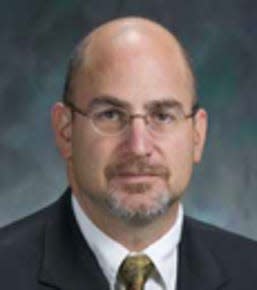
Journey On has 16 team members, all of them Indigenous and many of them experienced with homelessness themselves, who hit the streets in four vans wearing signature green apparel to forge connections in the interest of public safety. Calls to Journey On range from local businesses letting them know about an intoxicated person in an alley or a concerned citizen pointing out a mother and children who are not equipped to be out in the cold. The vans roll regardless of whether there is a situation to react to because being proactive is part of the strategy.
“We go into the community every day to identify people who are unsheltered or vulnerable,” said Braunstein, a political science professor at the University of South Dakota who is also a Journey On board member. “We try to build a relationship of trust, visiting with them again and again and again until they’re willing to accept services.”
— This article was produced by South Dakota News Watch, a non-profit journalism organization located online at SDNewsWatch.org.
This article originally appeared on Sioux Falls Argus Leader: SD cities take new, more compassionate approach to addressing homelessness

